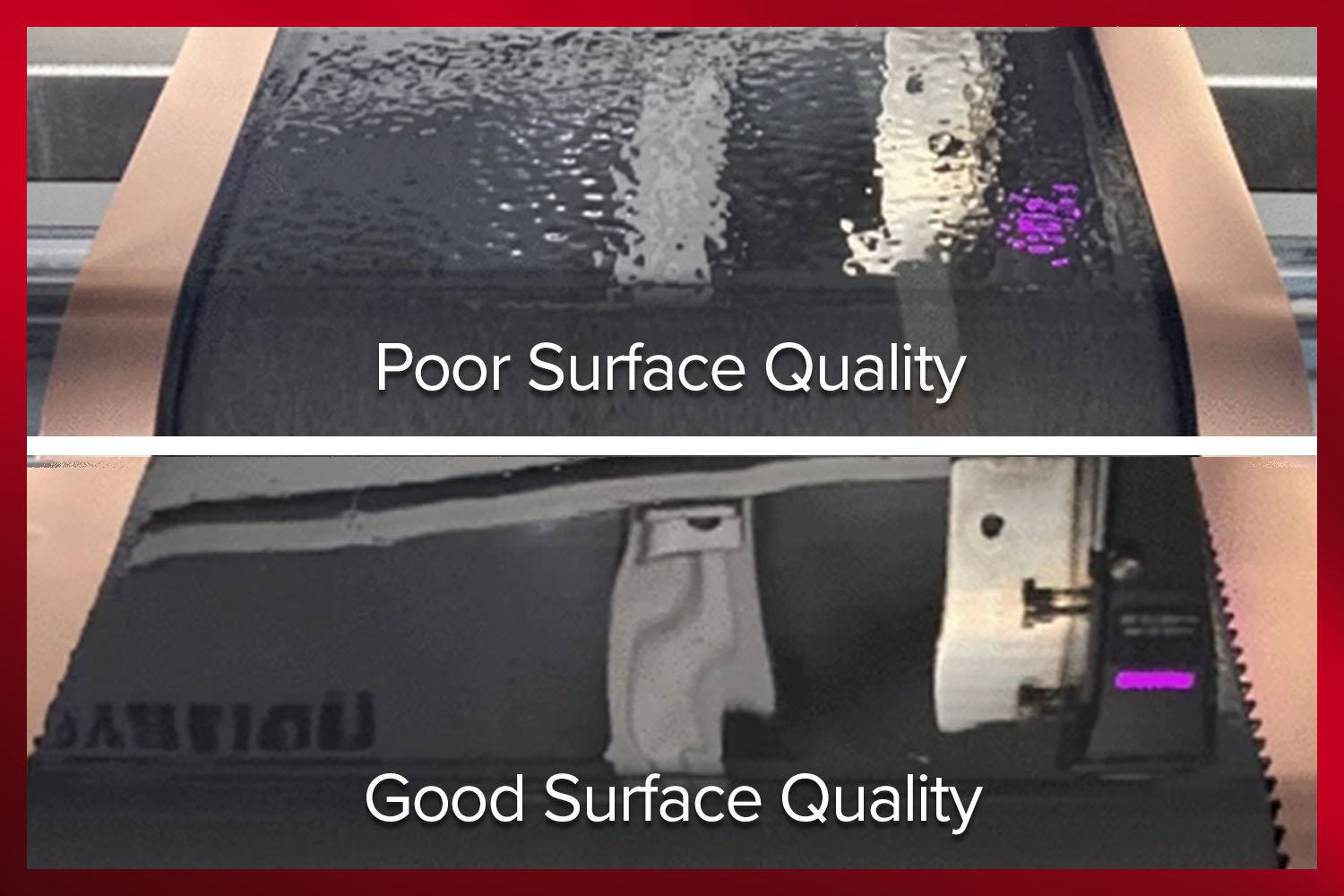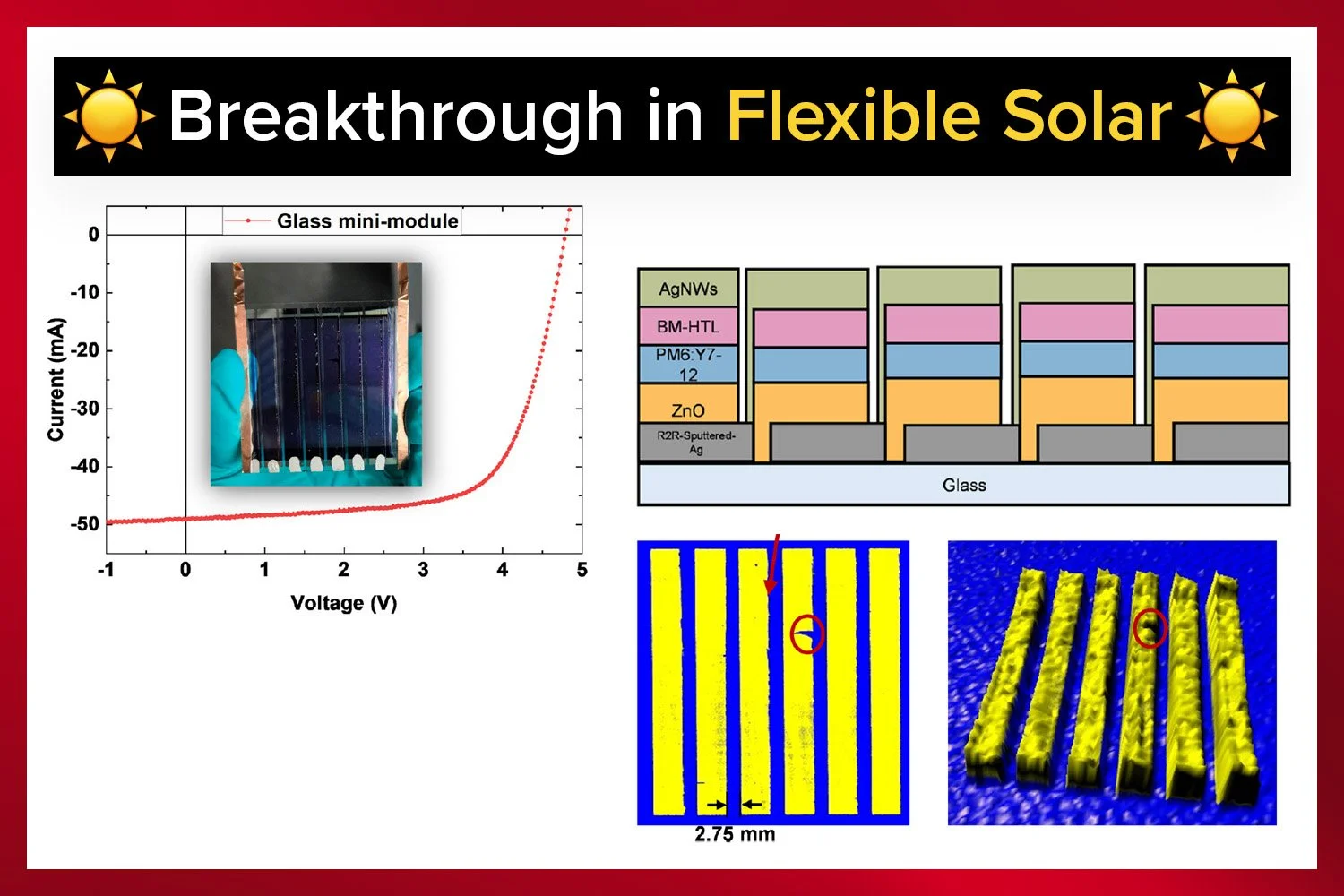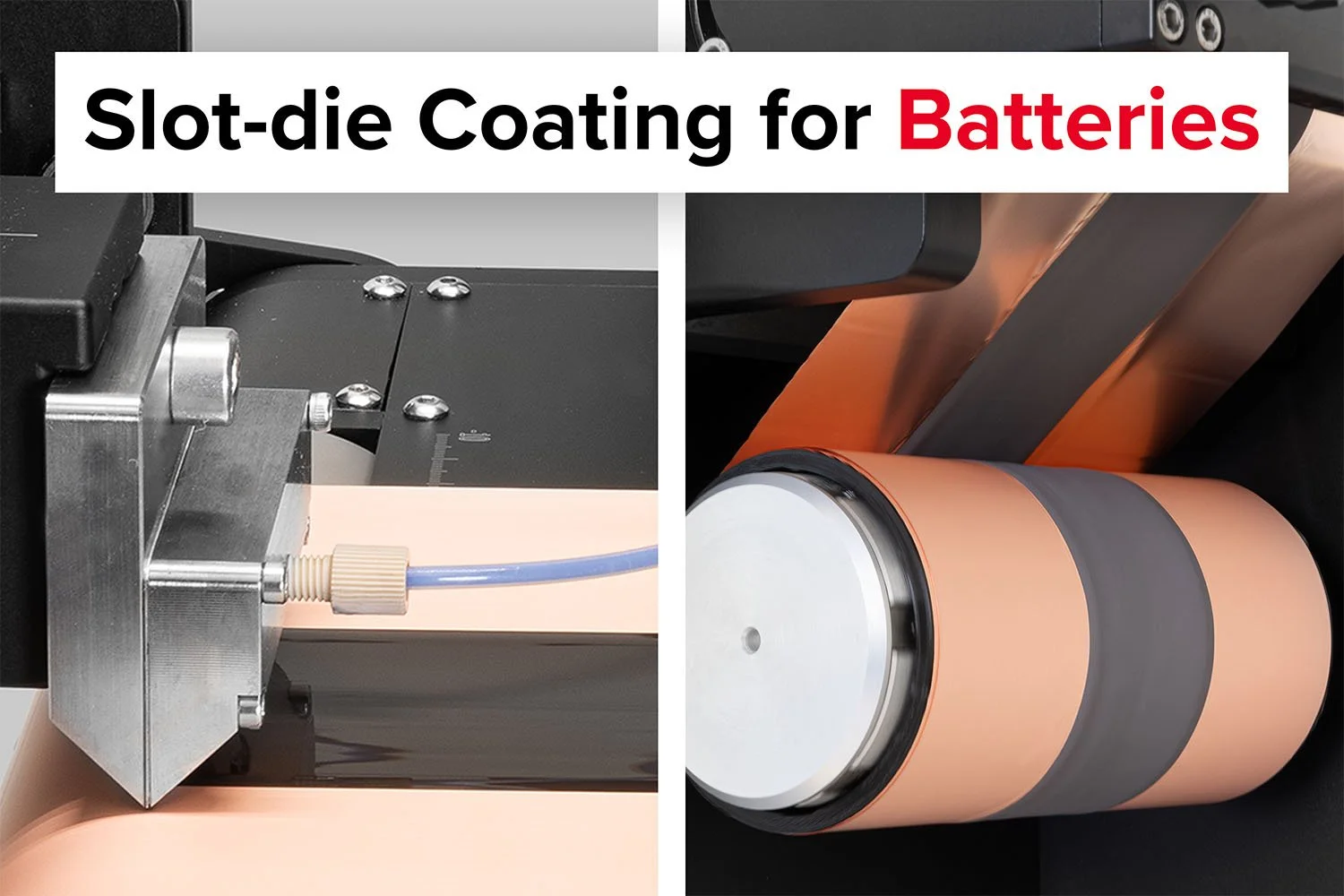Optimizing Battery Anode Electrode Coatings with Slot-Die Coating Technology: A Study on Simultaneous Two-Layer Coating
In the fast-evolving field of battery manufacturing, the process of coating anode electrodes plays a crucial role in determining the performance, stability, and cost-efficiency of lithium-ion batteries (LIBs). One promising approach for improving coating quality and reducing production costs is the use of simultaneous multi-layer coating processes. This blog post explores a study that investigates the simultaneous two-layer coating of LIB anode electrodes, using primer layers in a single step to enhance mechanical properties without compromising electrochemical performance. The study highlights the relevance of rheological properties, coating stability, and the potential of slot-die coating technology for large-scale manufacturing.
Key Highlights
Simultaneous Coating Process: The study focuses on a one-step simultaneous coating approach, where both the anode and primer layers are applied in a single pass. This is a departure from traditional sequential coating methods, potentially reducing production time and cost.
Coating Stability: The research examines how viscosity profiles impact coating stability, particularly at different shear rates and coating speeds.
Material Systems: Two different material systems (System-1 and System-2) were evaluated for their suitability in multi-layer coatings.
Electrochemical Performance: The study found that multi-layer electrodes, although showing better mechanical properties, exhibited similar electrochemical performance compared to single-layer electrodes.
Slot-Die Coating Technology: Slot-die coating is central to the study’s process, offering precision and scalability for large-scale battery manufacturing.
The Laboratory Roll-to-Roll Coater is the ideal coating machine for scaling up to roll-to-roll processing of battery electrode materials or for testing and optimizing battery electrode slurries.
Optimizing Multi-Layer Coatings for Battery Anodes: Key Findings and Insights
1. The Role of Rheological Properties in Multi-Layer Coating
Rheology, the study of the flow and deformation of materials, plays a significant role in the success of multi-layer coatings. The viscosity of coating materials affects how well they can be applied in uniform layers, particularly in high-speed processes like slot-die coating.
The study found that, for System-1, the viscosity profiles of the anode and primer slurries showed minor differences at low shear rates, which allowed stable coatings to be produced across a wide range of speeds (5 to 50 m/min). In contrast, System-2 exhibited higher viscosity ratios at low shear rates, which led to instability at lower speeds. This highlights the importance of carefully considering the rheological properties when designing coating systems for slot-die applications.
-
Slot-die coating is a precision coating technique that offers uniform coating thickness and repeatability, making it ideal for applications like battery electrode manufacturing. In slot-die coating, the coating material is applied through a slot-die coating head or nozzle, allowing for a controlled and continuous film application, which is particularly beneficial when working with multiple layers, such as the primer and anode in this study.
Slot-die coating’s precision allows manufacturers to control the interaction between different coating layers, minimizing surface tension-related issues. This makes it an ideal technology for applications where multi-layer coatings are required, such as in LIB anode electrodes.
2. Impact of Coating Speed and Shear Rate on Stability
The study also investigated how different coating speeds affected the coating process. System-1 maintained stable coatings across a range of speeds, but System-2 only produced stable results at higher speeds (above 40 m/min). This was due to the convergence of the viscosity profiles at higher shear rates, indicating that for stable multi-layer coatings, the viscosity behavior must align with the shear rate for the desired speed range.
To address instability at lower speeds, the researchers tested a lip offset technique. This measure showed some improvements in coating stability, although the viscosity ratio in System-2 was still too high to achieve a perfectly homogeneous coating. The findings suggest that optimizing viscosity ratios and process conditions will be key for improving coating stability, especially in large-scale production environments.
The Slot-die Coater is an excellent choice for researchers focused on developing and optimizing battery electrode slurries at the laboratory scale.
3. Surface Tension and Coating Irregularities
Surface tension differences between the anode and primer layers were also explored in the study. It was found that if the primer layer has a higher surface tension than the anode layer, it can cause irregularities on the coating surface. These inconsistencies can impact the overall quality of the electrode, leading to potential issues in performance and durability. Controlling surface tension is therefore critical when developing multi-layer coatings for battery electrodes.
4. Electrochemical Performance and Mechanical Strength
While the focus of the study was primarily on the mechanical properties of the electrodes, the electrochemical performance was also assessed. The results showed that the multi-layer electrodes with primer layers exhibited similar capacity retention to single-layer electrodes (92.3% vs. 91.6% after 400 cycles). This suggests that the primer layer improved mechanical properties without negatively affecting the electrochemical performance. The increase in adhesion strength, particularly with a primer layer of 1.5 g/m², was a notable outcome. This improvement can help extend the lifespan of batteries, enhancing their efficiency and stability over time.
-
The precision and scalability of slot-die coating make it well-suited for large-scale production, where reducing costs while maintaining high quality is paramount. This technology allows for uniform coating at high speeds, making it ideal for the fast-paced, cost-sensitive battery industry.
5. Cost Reduction and Plant Efficiency
One of the significant advantages of this simultaneous coating process is the potential reduction in production costs. By eliminating the need for multiple coating and drying steps, manufacturers can save on equipment investment and reduce processing time. This could be a game-changer in the large-scale production of LIBs, especially as demand for energy storage solutions continues to rise.
Understanding the differences between non-heated and heated slot-die heads is vital for selecting the best option for your specific coating needs. Be sure to read our guide on non-heated vs. heated slot-die heads.
Conclusion
In conclusion, the simultaneous two-layer coating process for LIB anode electrodes holds significant promise for improving both mechanical properties and cost-efficiency. The study demonstrated that, while rheological properties and surface tension differences must be carefully controlled, this approach can lead to stronger and more reliable electrodes without sacrificing electrochemical performance. Moreover, using slot-die coating technology for multi-layer coatings simplifies the production process and reduces costs, making it an excellent solution for the battery manufacturing industry.
The study also provides valuable insights into the importance of optimizing viscosity ratios, coating speed, and surface tension in multi-layer coating processes. Moving forward, it will be essential to explore ways to further enhance the electrochemical performance of multi-layer electrodes, as well as investigate techniques to optimize drying processes and coating stability at various speeds. By continuing to refine these processes, manufacturers can meet the increasing demand for high-performance, cost-effective lithium-ion batteries.
For manufacturers looking to implement slot-die coating in battery electrode production, this study highlights the potential of this technology to improve both the mechanical strength and scalability of coatings. As slot-die coating continues to evolve, it will likely become an even more integral part of the battery manufacturing landscape.
Authors:
Alexander Hoffmann
Julian Klemens
Sebastian Raupp
Christoph Hanske
Nils Lawrenz
Michael Machate
Philip Scharfer
Wilhelm Schabel





















Probably the World’s Most Compact R2R Slot-die Coater: A compact, fully integrated roll-to-roll coating platform for laboratories, complete with a mounting system, anodized rollers, a syringe pump, a 65 mm stainless slot-die head and an infrared oven system—delivering unmatched precision and scalability.